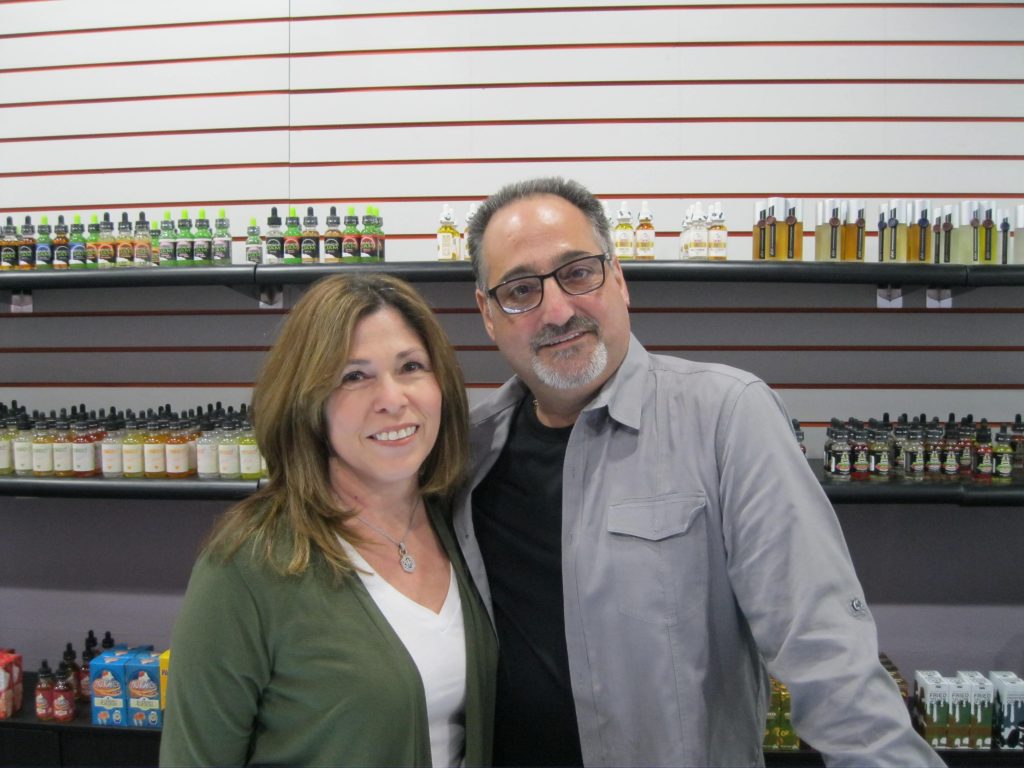Grapevine: Demystifying Another Wine Myth Permeating the Bacchusphere

In this age of media frenzy, our cravings for real-time news, and our blind faith in the plethora of social media outlets, has created a society of information-hungry individuals where “first to report” supersedes “vetted information” time and time again.
To make matters worse, misinformation, whether inadvertent or intentional, can grab a foothold and become de facto truth by the mere passage of time.
The media world of wine falls into this category.
In past columns, I’ve addressed a number of wine-related “facts” to determine their veracity. My goal was to demystify subjects as diverse as whether screwcaps are good or bad (good); whether an open bottle allows wine to breathe sufficiently (no); if sniffing a cork provides an indication of its quality (no); and if the word “Reserve” on a bottle label indicates a higher quality wine (maybe).
Herewith is another installment in my series on wine “truths” that have been questioned by readers. Myth or fact? Whether one relies on word of mouth or the media, there are conflicting – mostly anecdotal – wine-related accounts in the “Bacchusphere” that, in my opinion, warrant clarification.
This week’s mythbuster subject: Always use cheap wine when cooking.
Wrong.
A good cook knows that the best ingredients make for a superior dish. You don’t use industrial grade olive oil for your favorite recipe, you use extra virgin olive oil. Similarly, you shouldn’t cook with a mass-produced generic wine.
The reason for adding wine to a recipe is to enhance its aroma, to create a new flavor or to add a unique component to a sauce. Cheap wine is generally too light in aroma and flavor for these tasks. My rule of thumb: if the wine is nondescript in your glass, it won’t be magically transformed in your cooking pan. Select a wine that has a distinct and noticeable flavor.
For your original and/or personalized recipes, the wine should fit the overall profile you are attempting to achieve for a particular dish. Alternatively, certain third party recipes (from books, television or the Internet) call for a “dry wine.” This is a carryover from a long-gone era when many wines were overly sweet or enhanced with salt or sugar – certainly not wines for cooking with that $35 per pound wild Pacific King Salmon.
In today’s sophisticated world of wine, a dry wine may be a French Chardonnay for a simple chicken dish or a citrusy Sauvignon Blanc for a basic seafood sauce. It may be a Zinfandel for a pot roast or a Cabernet Sauvignon for a robust sauce to accompany medallions of filet mignon.
Stay away from bottle labels that identify the contents as “cooking wine.” These industrial wines bear only a minor resemblance to a wine you would pour for your personal consumption.
Another rule of thumb I follow: pour the same wine into the sauté pan as you will pour at the dinner table with your completed dish.
One more rule of thumb: sipping a bit of that same wine while you are cooking helps you get through the stove side rigor of being a gourmet chef.
And speaking of alcohol, the general assumption is that the alcohol in wine “cooks off” in the pan. Not so. A typical sauté or baking recipe calls for five to 15 minutes of cooking time after wine has been added. Scientific testing has shown that up to 40 percent of a wine’s alcohol is still present after 15 minutes of cooking. An additional 5 percent dissipates for each subsequent 15-minute period.
Whether for significant or trivial matters, my mantra has become to question everything I read or hear. I welcome the opportunity to vet your questions on wine-related “truths.”
Nick Antonaccio is a 40-year Pleasantville resident. For over 20 years he has conducted wine tastings and lectures. He also offers personalized wine tastings and wine travel services. Nick’s credo: continuous experimenting results in instinctive behavior. You can reach him at nantonaccio@theexaminernews.com or on Twitter @sharingwine.

